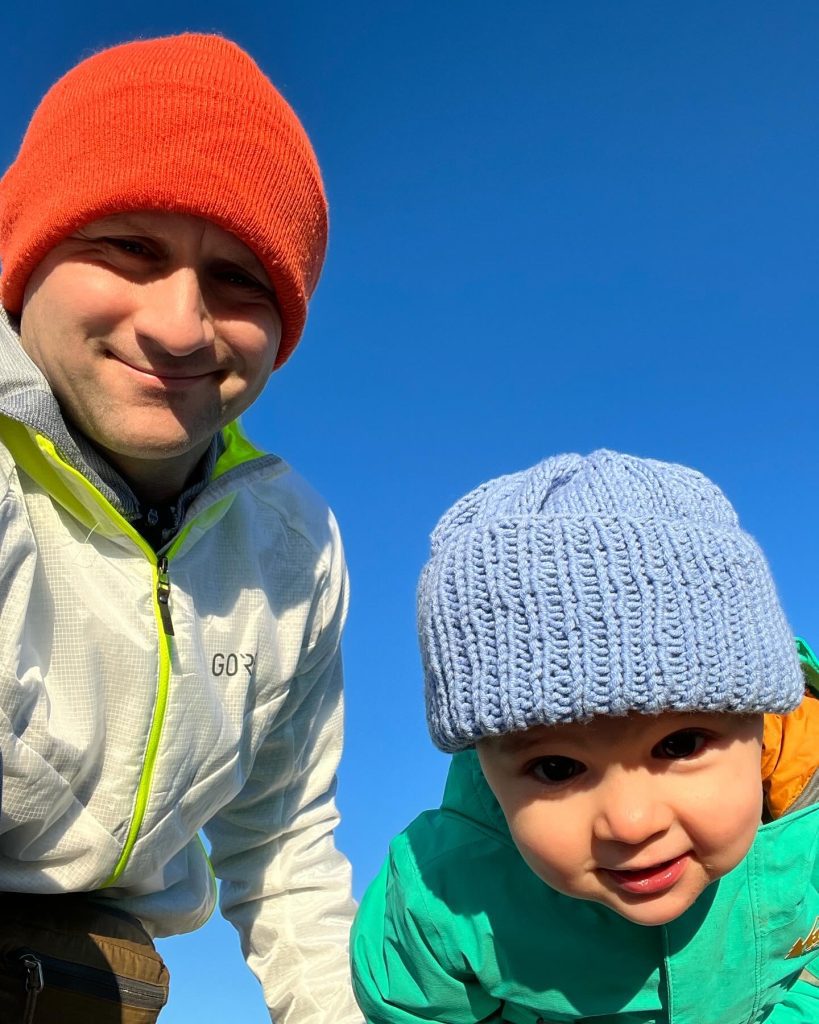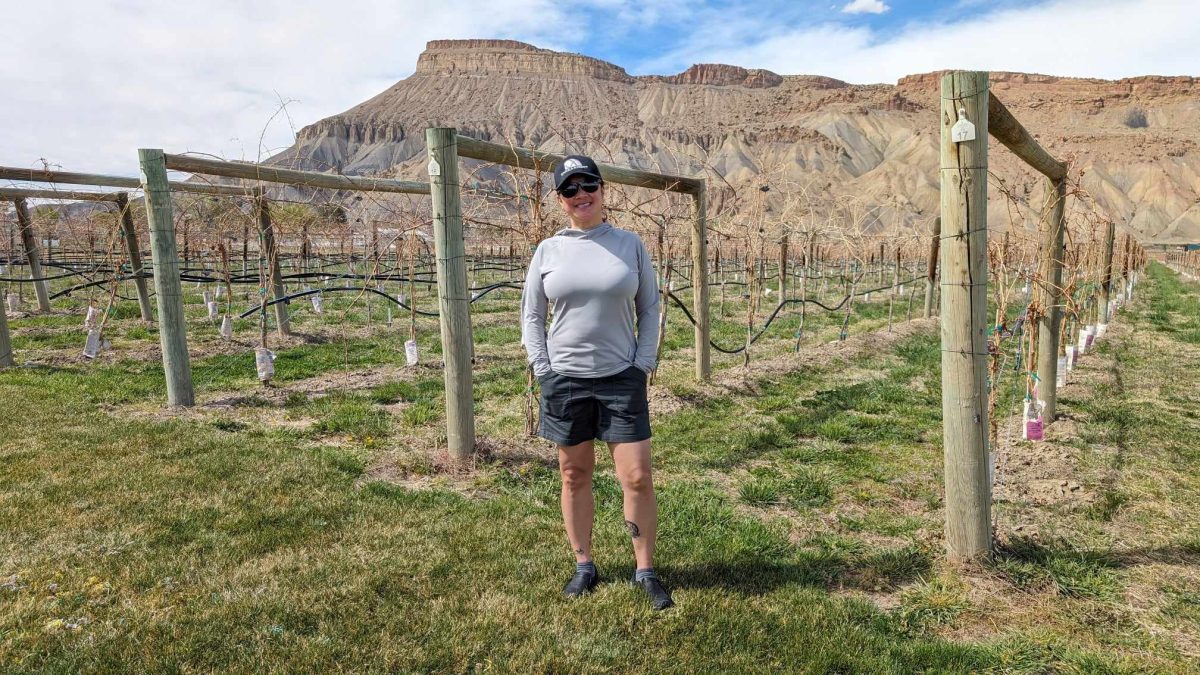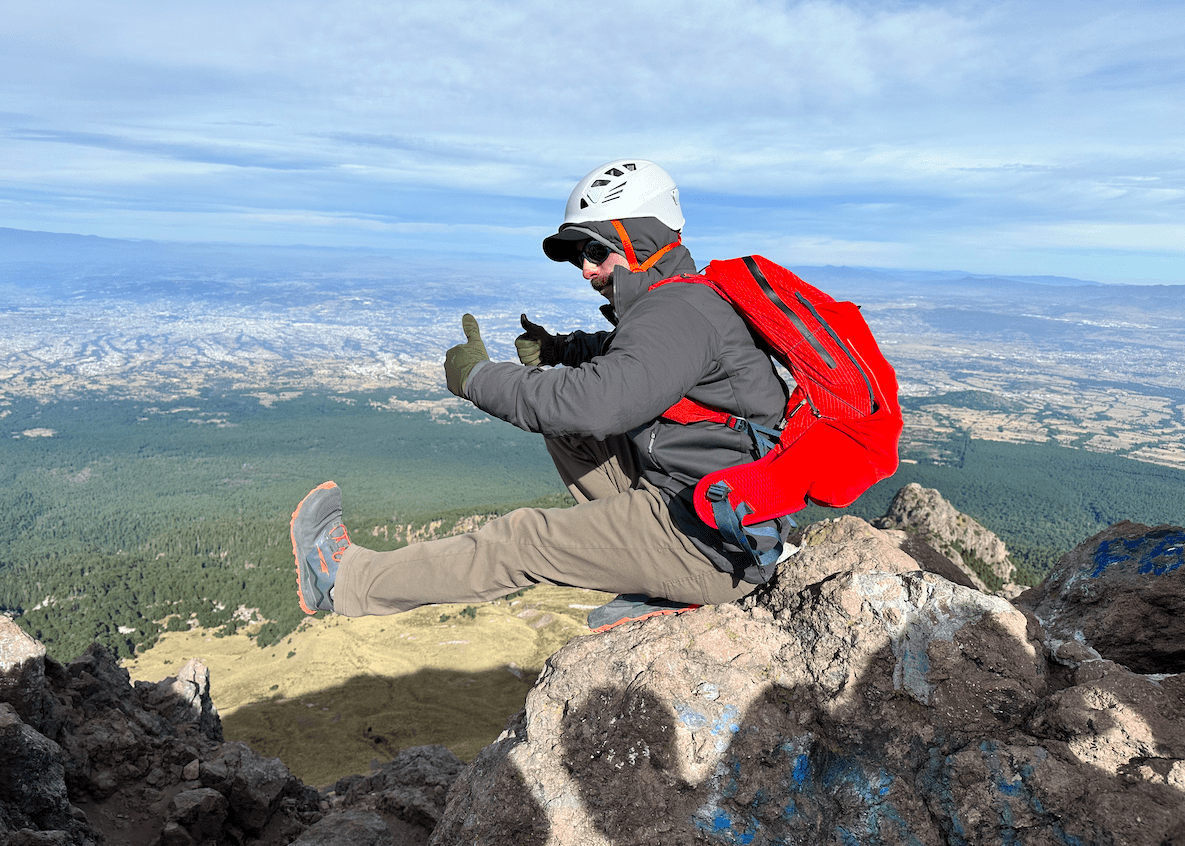Snowclipper Pulk: a versatile, all-purpose gear sled for towing loads in technical terrain
Drew Thayer
For carrying heavy loads on snow, sleds are the way to go. I learned this in grad school when I had to lug 90 pounds of batteries and equipment to an instrument site in Wyomings’ Snowy Range every week for winter. Snow provides such a good gliding surface; a load that would be crushing in a backpack becomes quite manageable on a sled.

Snowclipper Pulk Review
On flat ground, the most rudimentary sled will generally do just fine. Wide, open-top orange ‘Paris’ style sleds can be found at Wal-Mart for as little as $35 and are commonly used for ice fishing and other lake-top activities by simply pulling them with a rope. But when terrain starts to get steep, the ability to control a flat-bottomed sled with a rope quickly falls apart. Side-hilling can become difficult at around a 10-degree slope, and on a slick snow surface, the sled can get away from you and roll or rotate downhill. Even more difficult can be skiing down steep and rolling terrain with a loosely tethered sled… I’ve tried it, and the phrase ‘uncontrolled momentum’ comes to mind.
This winter I was looking for a sled suitable for hauling a load to a winter ski hut in Colorado. We had our first kid last summer and wanted to get him out into the mountains, but knew that 5 miles of backcountry travel with a seven-month-old would be arduous, to say the least. The best strategy seemed to be for my wife to carry Baxter on her chest, carrying only bare essentials in her backpack, and I’d carry the rest of it — and the ‘rest of it’ with diapers, blankets, fuzzy onesies, etc is a lot.
I realized pretty quickly that I probably couldn’t even fit it all in my 80-liter expedition backpack, and even if I could, skinning 5 miles with that load on my back would be pretty miserable. Back in my younger days some buddies and I hauled a Wal-mart sled to a hut (with requisite quantities of beer — it was pretty heavy) using cord tied around our waists.

We made it work, but skiing out with the thing required two or three people to control it, and a few times I was certain it was going to disappear forever, an orange runaway freight train bound for the river several miles below us. I knew that on this trip, Lilly would be fully engaged skiing out safely with Baxter so I would need to be able to manage the sled and its load myself.
When I came across the SkiPulk website I knew that these were the people to get a sled from. Husband-wife team Grant and Ashley run this small company from Minnesota, and if there’s one thing Minnesotans know it’s how to travel on water in any of its forms, liquid or solid.
They’ve been making pulks since the ’90s (pulk is the nordic term for a short, runnerless sled) and now offer a pretty comprehensive line of options that range from a classic Paris-style sled popular with ice fishermen to long fiberglass pulks suited for (and used on) polar expeditions. They sell a fat-bike attachment and a racing pulk — I’m not Minnesotan enough to know what these races are, but clearly, this company has its eye on exploration and multi-modal adventures.
 Snowclipper Pulk – SkiPulk.com
Snowclipper Pulk – SkiPulk.com
I tested out their Snowclipper Pulk. They call it ‘the ultimate in a durable, general-purpose pulk’ and I tend to agree. I’ll call out the salient design features that make this pulk a great choice for hauling gear in the mountains. I carried my load up and down slopes up to about 25 degrees (about as steep as you would get on a hut approach).
Size and shape. The Snowclipper dimensions are great for one person carrying a multi-day load: 55” long, 7” high, and 18” wide, which is narrow enough to fit mostly in your ski tracks. The shape is pretty standard, but a nice addition is two ½” slots they added that allows you to make dividers from plywood, either to break the pulk into compartments or act as a seat for towing kids around (looking forward to that).
Material. The Snowclipper is really built for durability. It’s made of rotationally-molded polyethylene (i.e. kayaks, Yeti coolers) which allows them to build up the base of the pulk with twice as much plastic as their vacuum-molded pulks like the Paris.
This sled should really last a lifetime unless you use it beyond its scope, like towing behind a snowmobile (there are other sleds for that). This design makes the Snowclipper (9 lbs) about 2 pounds heavier than their Paris sled, with most of that weight sitting as extra material in the base. The other components are also really sturdy: the poles are thick fiberglass, and the eye-bolts and bearings are all really stout.

pic credit Nick Rawluk
Pole system and control. A good pole system is what separates a sled you can drag across a lake from a sled you can make powder turns with. This sled comes standard with two 6 ft poles made of ½” fiberglass rod, bonded to an eye bolt on one end and a ball joint on the other.
The eye bolt and pin system is easy to use and secures the poles really well to the harness. You can run the poles either parallel or in an X; I used the X position and it performed well at keeping the sled tracking behind me while side-hilling. An awesome feature of the Snowclipper is the retractable fins.
 Snowclipper Pulk – SkiPulk.com
Snowclipper Pulk – SkiPulk.com
Sitting flush against the sled’s rear sides, these fins can be rotated down with the tip of a ski pole for extra control, and really help the sled track while side-hilling or downhill travel on firm snow. It’s nice that you don’t need to unload the sled to deploy or retract the skins (which is necessary on some more basic pulks).
My overall impression is that the pole system attached snugly to my body and gave me good control over the sled. It stayed behind me while side-hilling and breaking trail, and didn’t lurch or move me around while skiing downhill. Skiing with this thing was actually pretty fun, at various times I found myself rocketing down a trail through the woods and making powder turns in an open field. Not things I’ve been able to do before 50 pounds in a sled!
Harnesses. Ski Pulk sells 4 different harnesses ranging from a padded hip belt to an expedition harness with shoulder straps; I tested the hip belt. While it’s possible to tow a sled uphill by clipping it to the base of a backpack’s shoulder straps, it puts a lot of strain on your back, and you don’t really get downhill control, so a dedicated harness is worth it. Their hip belt harness is well padded and comfortable.
Load-carrying. The Snowclipper Pulk has a variety of cargo-carrying options. There are four ½” holes on each rail and the sled comes with 1” webbing straps and slide buckles that allow you to easily set up cargo straps. It would be simple enough to wrap a tarp over your load and strap it down in this fashion, but if you want the premium option for keeping your gear strapped and snow-free, they sell an additional “Snowclipper cover” ($110), a custom-built cover and compression strap system.
It’s really two pieces that can be used with or without each other: a snow cover made of coated nylon with a burly zipper and mitten pull, and a compression system that lies on top of this with 6 buckled straps attached to a longitudinal fabric runner. Used together, this system makes a snow-proof cover that keeps your gear dry and really cinches the load down tight to the sled, making for stable hauling for up to 9300 cubic inches of cargo. You can also use the compression strap system by itself, to secure large, awkward loads.
Expedition ready. Ski Pulk seems to build all their gear with expeditions and adventures in mind. They include well-written instructions, sell an optional repair kit with the parts that would be very hard to duplicate in the field (eye bolt and ball joint), and offer a two-piece pole upgrade ($50) for folks that need to fly their pulk to a far-off destination. I wouldn’t hesitate to use a Ski Pulk sled on a winter expedition in snow or glacier terrain.
Bottom Line. For people looking for a durable winter gear sled that has versatile hauling options and a secure strap system, this is an excellent choice. It’s certainly a premium option considering the price, but if you actually want to be able to control a heavy load skiing fast and/or on steep terrain, you’ll be hard-pressed to find the control and quality workmanship of the Snowclipper in cheaper sleds. I expect this pulk to last a lifetime of hut trips, winter shleps, and my son playing in the park when he’s old enough.
Drew Thayer








Leave a Reply